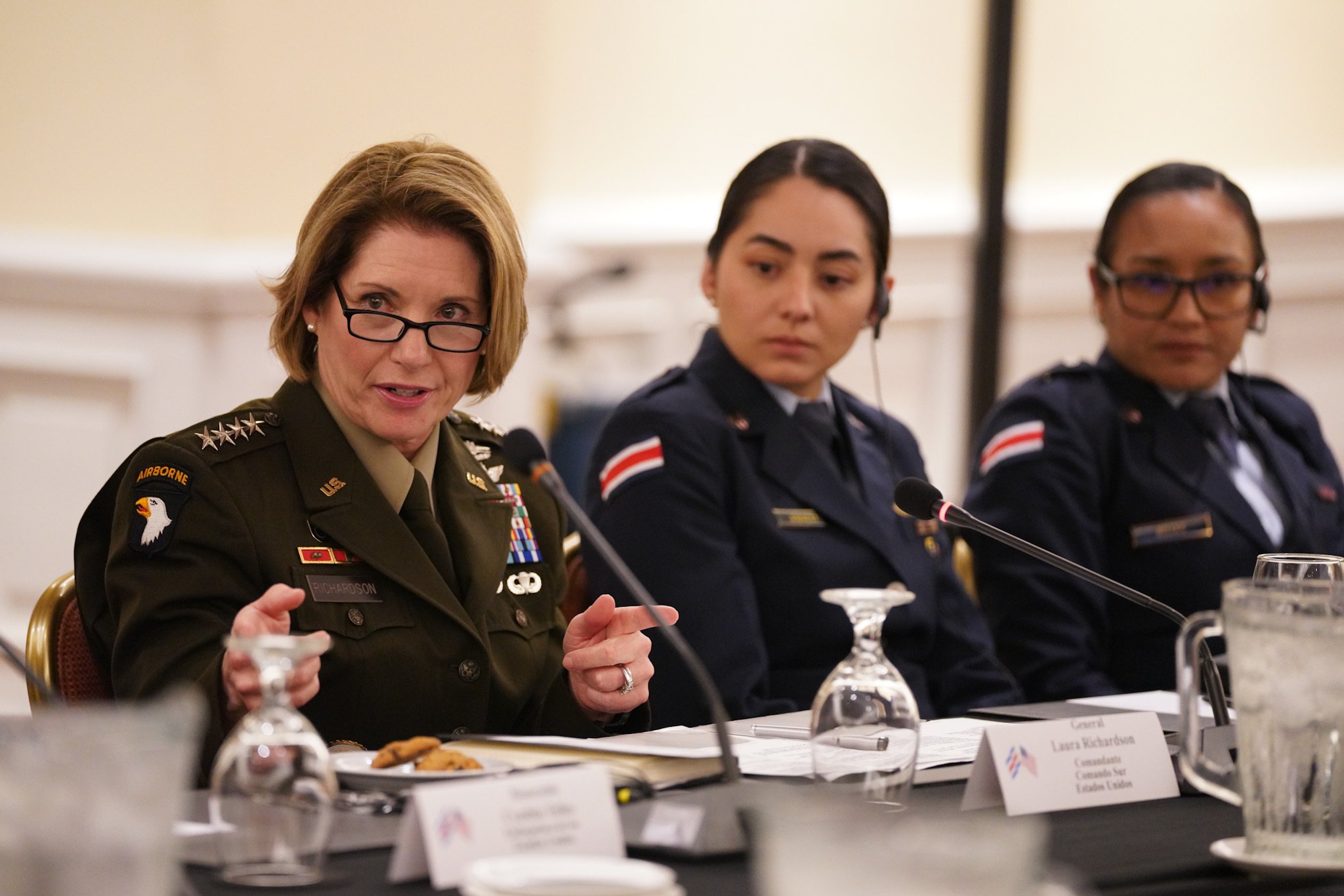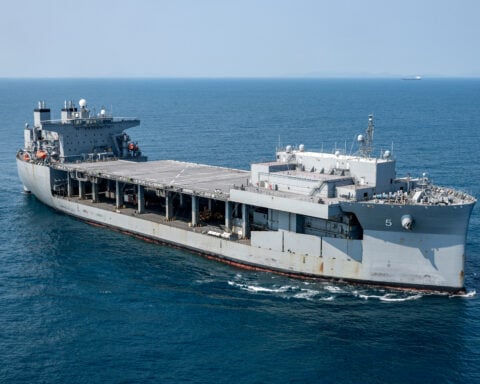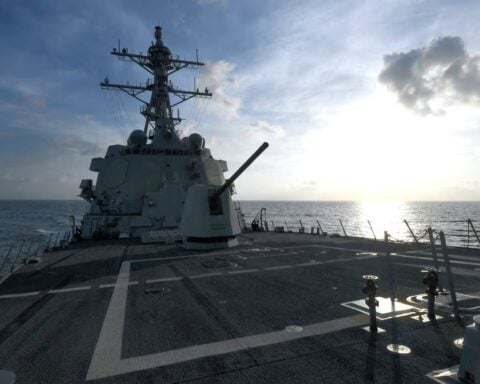
Recent Chinese actions, like financing a $3 billion container port, establishing a space monitoring station near the Straits of Magellan and buying lithium mining operations in three South American nations, pose increasing risks to U.S. security, senior military commanders said Wednesday.
The Chinese activities are a “relentless march” to replace the United States as a leader in the region, Army Gen. Laura Richardson, the top officer at Southern Command, testified before the House Armed Services Committee.
Richardson needs to keep the Panama Canal, the Straits of Magellan and Drake Passage open to maritime trade, she said. Richardson voiced concern over the dual-use capabilities of these state-owned enterprises and Chinese companies expanding their reach in the hemisphere.
As an example of that threat, she warned the Chinese Space Agency station in Argentina used to explore the dark side of the moon and track satellites could also be used for targeting.
“This is a risk we can’t accept or ignore,” she said.
Air Force Gen. Glen VanHerck, who heads Northern Command, told the committee 80 percent of the telecommunications system in Mexico comes from Beijing.
Threats come across domains, including surveillance balloons. The two commanders said Beijing destroyed the high-altitude surveillance balloon it sent over South America as it crossed to Atlantic waters.
There are 21 nations in the Southern Command’s area of responsibility, which includes parts of the Caribbean, participating in China’s Belt and Road infrastructure building initiative from ports, highways, airfields, space, cyber and telecommunications.
VanHerck added 24 of the nations in the hemisphere already use Chinese firms like Huawei in their 3G 4G networks. A Brazilian firm recently signed a memorandum of understanding with Huawei to build a prototype 5G network in a city there.
For several years, the United States has cautioned other nations about security risks in relying on Huawei for advanced telecommunication because of its ties to the Chinese government.
South America is more acutely interested in rapidly rebuilding their economies and advancing their infrastructure in the wake of the COVID-19 pandemic, Richardson said. Despite having 8 percent of the world’s population, Central and South America recorded 29 percent of the deaths, adding a sense of urgency in their governments.
The pandemic has been a major factor in mass migration toward the Southwest border, Richardson said. The economic instability left behind the pandemic has created “an environment ripe for corruption and exploitation.”
Last year at congressional posture hearings, Richardson said governments there “need to show they are delivering” opportunity for a better life to their people.
The danger posed by cyber intrusions by the Chinese, Russians or others allows them to see “the lay of the land” and where the vulnerabilities exist in U.S. infrastructure, said Melissa Dalton, the Pentagon’s senior civilian for the Western Hemisphere. Water systems, power grids and energy distribution systems are most often in the private sector.
VanHerck, in prepared testimony, raised concerns about infrastructure vulnerabilities.
“Cyber risks to critical infrastructure remain a significant concern and a domain awareness gap. DoD is tasked only with defending defense networks, but military facilities and missions frequently rely on civilian lifelines such as energy grids, transportation infrastructure, and other critical infrastructure. USNORTHCOM, due to law and policy, has limited insight into potential risks to commercial networks, which could lead to uncertainty in planning for consequence management,” according to his prepared testimony.
Russia’s interests in the hemisphere have also expanded, with talks late last year of a new “strategic” relationship with Brazil. It continues its strong support of the Cuban, Nicaraguan and Venezuelan regimes in terms of equipment and training.
Iran recently sent warships to the region to re-establish its presence in the hemisphere.
China’s trade with Latin America and the Caribbean jumped from $18 billion to $450 billion in 2022, while America’s trade stayed flat, Richardson said in prepared testimony.
China’s trade is expected to reach $700 billion by 2035, the same as the U.S. currently does with the region.
In addition to expanding trade and pressuring nations like Guyana to no longer recognize Taiwan as sovereign diplomatically, China has also ramped up its presence militarily.
Richardson cited Beijing’s willingness to cover the costs of sending officers from the region to China to study at its military schools.
What Beijing has not been able to do is put together multilateral military exercises, like the recently completed defense of the Panama Canal, Richardson said. The “main lever” is security cooperation and training in our doctrines and tactics and equipping forces for interoperability paired with the eight large-scale exercises.
The exercises are “the one thing the PRC [Peoples Republic of China] cannot do,” she said, adding, “we have to be there with our jersey on.”





